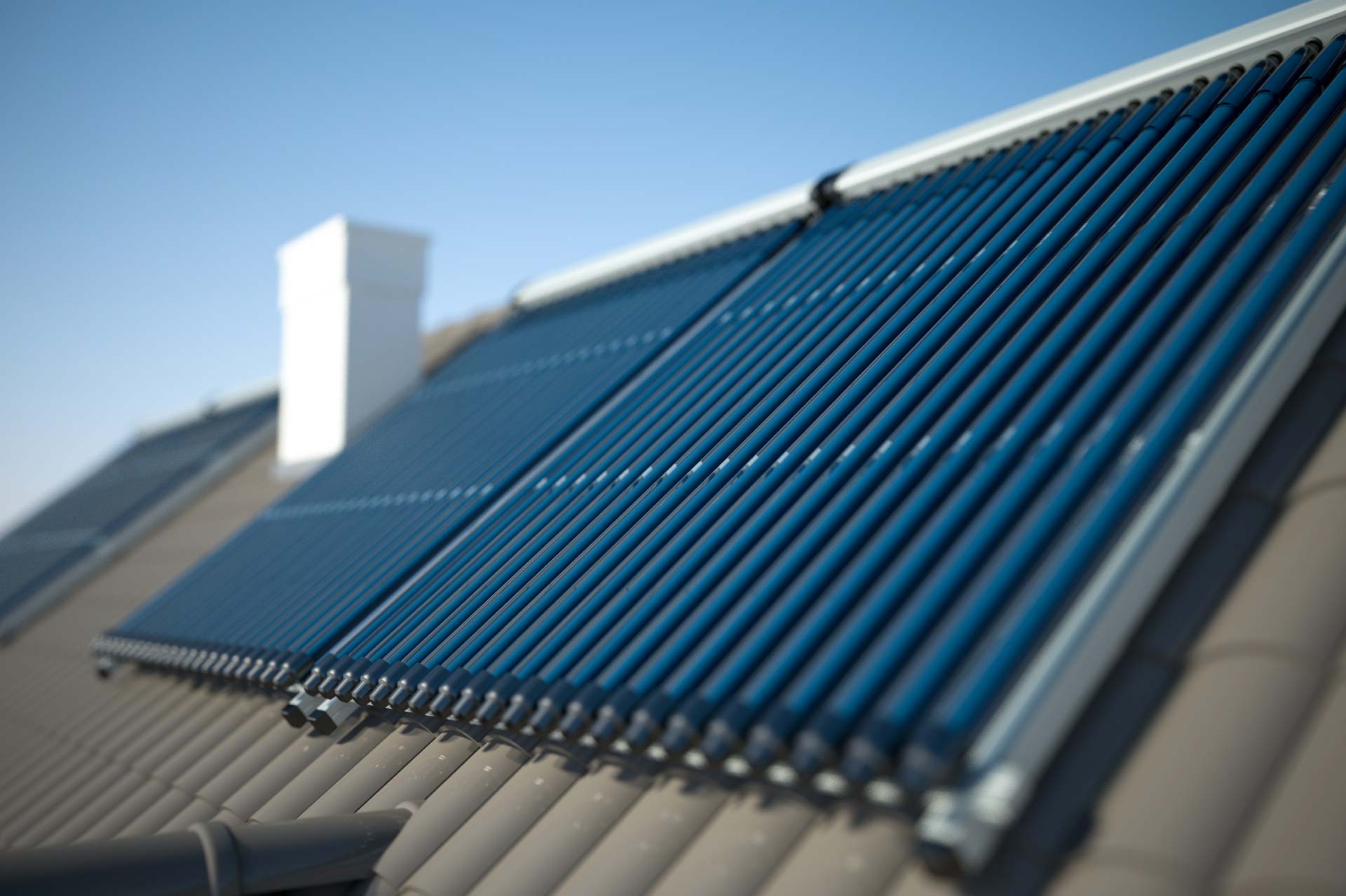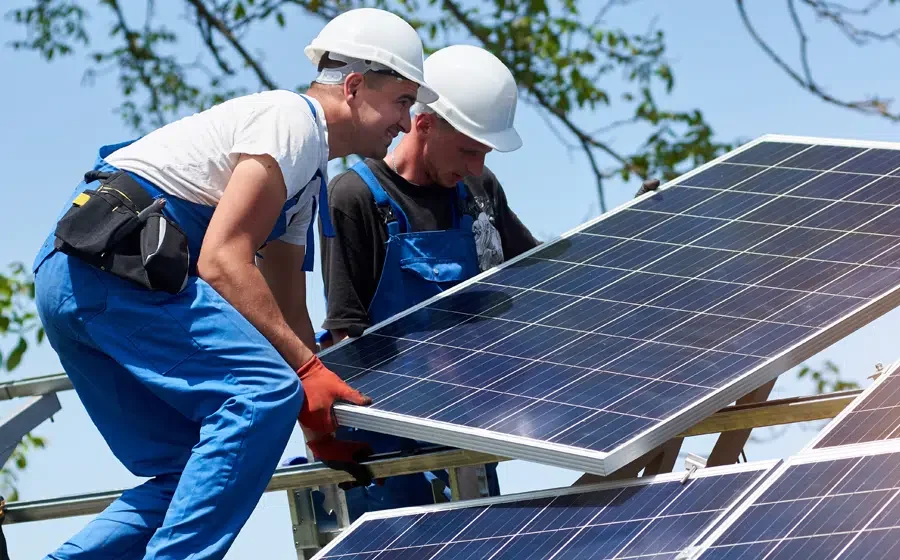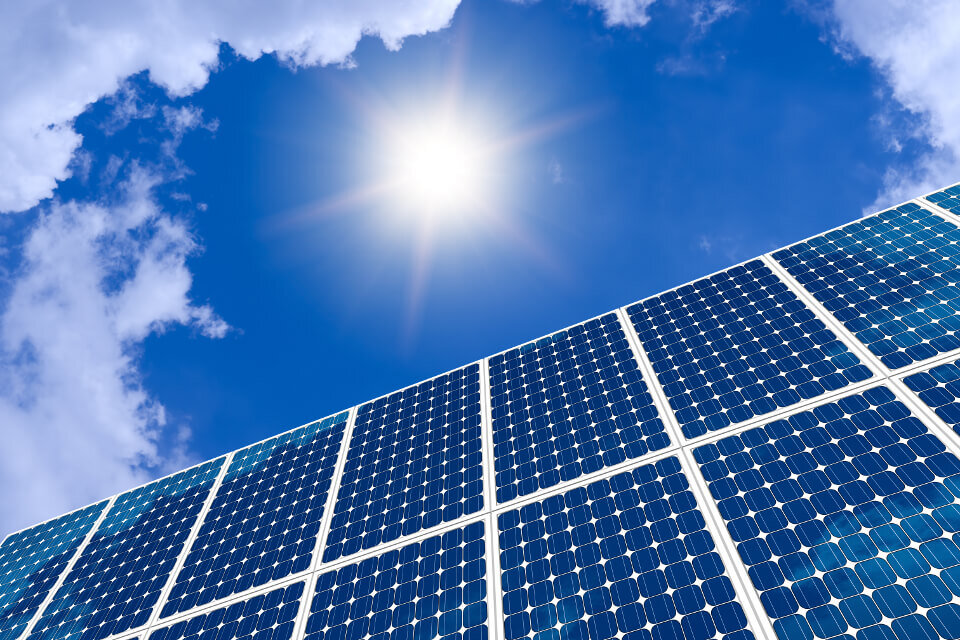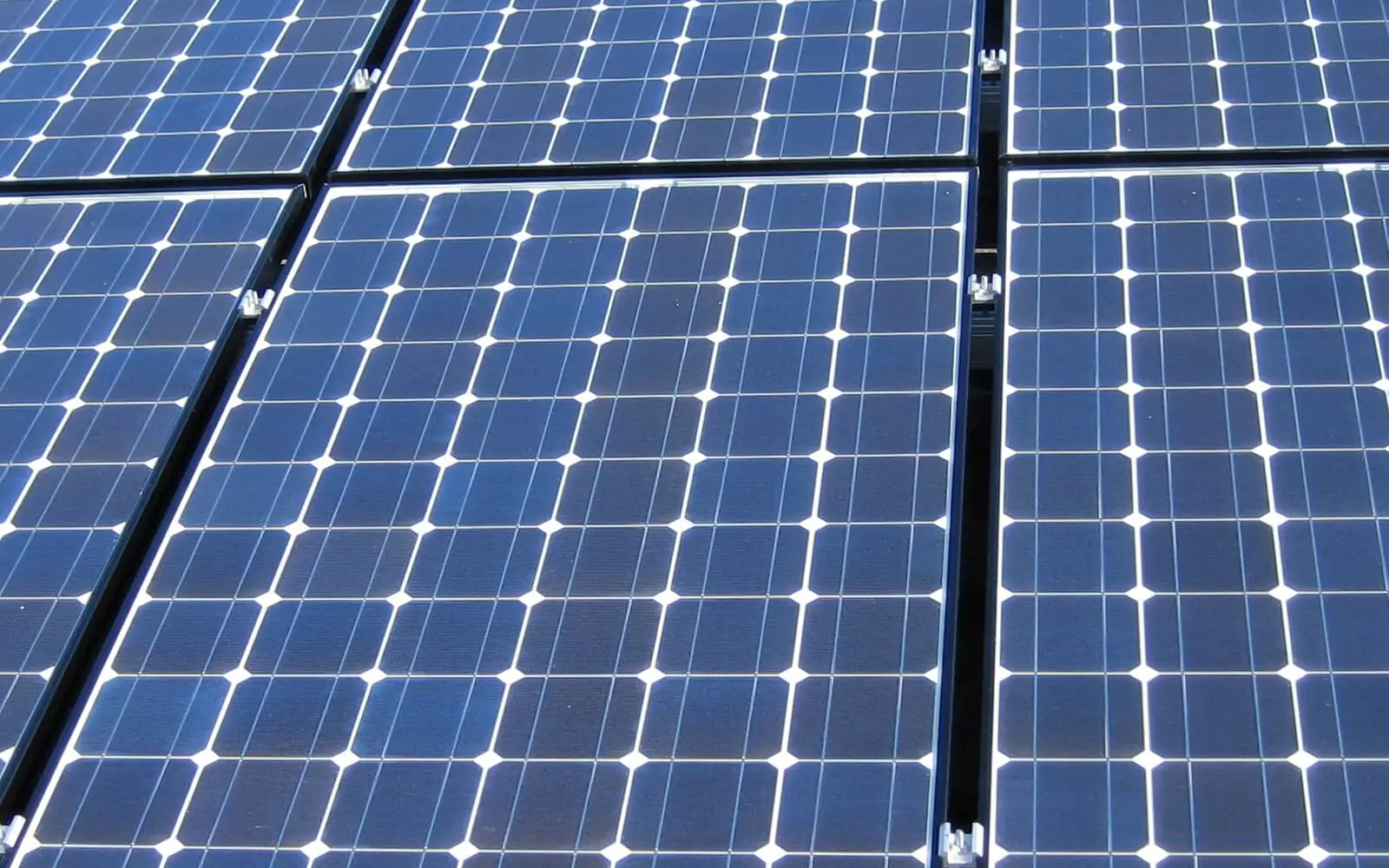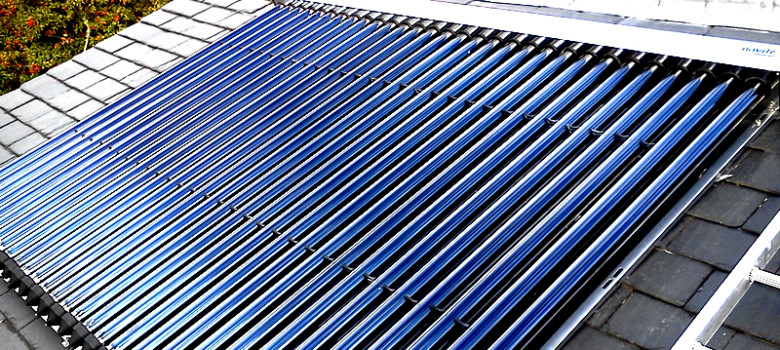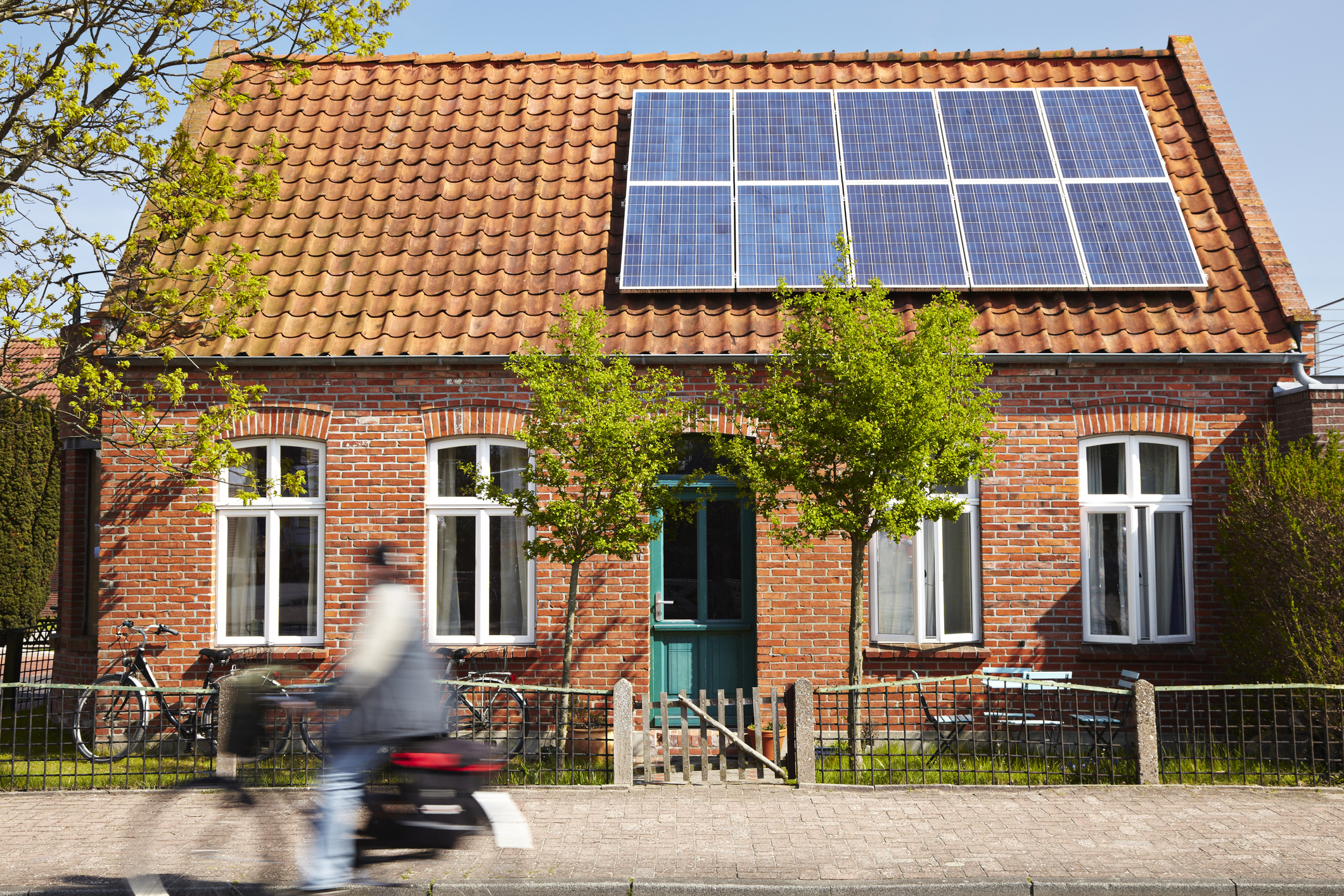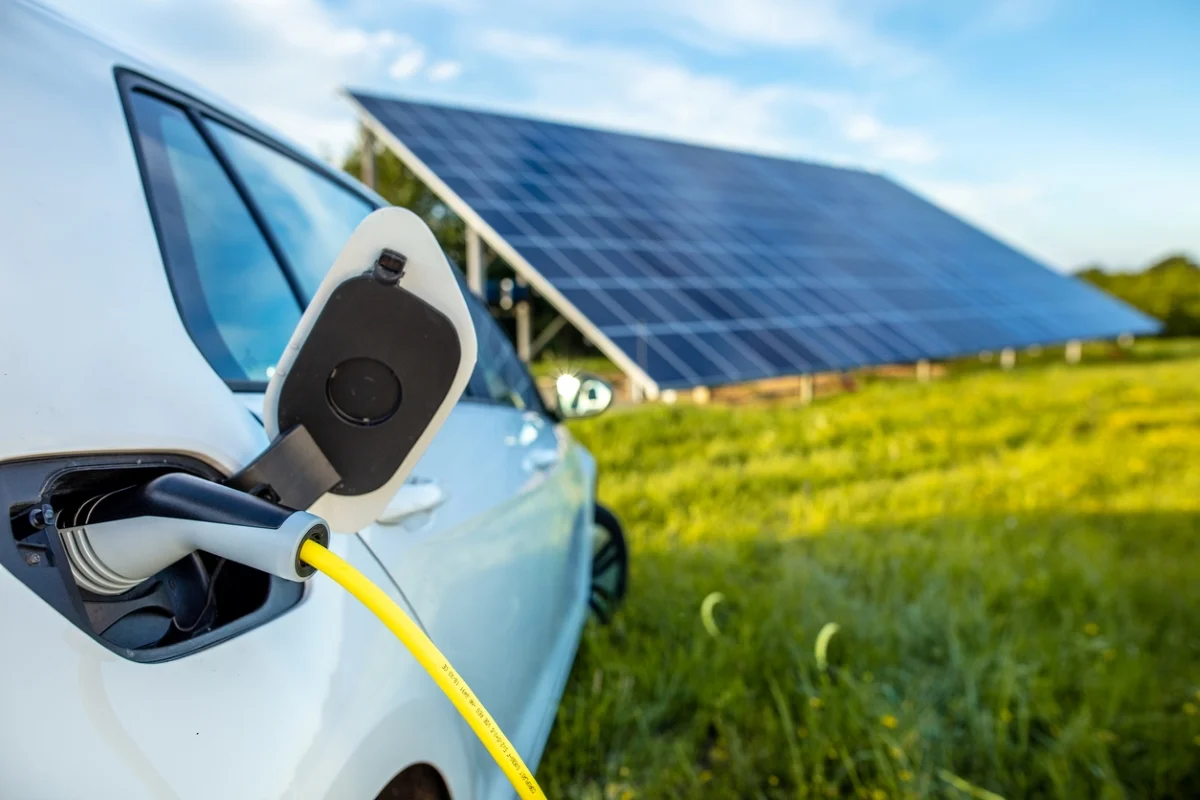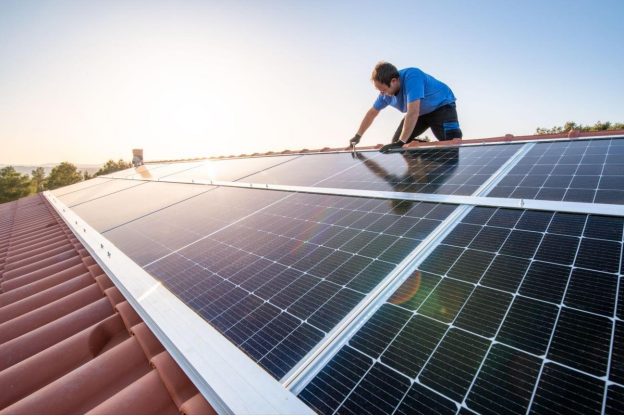- The average three-bedroom home will need 10 solar panels
- Your electricity usage will determine how many solar panels you need
- The efficient your solar panels are, the less of them you'll need
The decreasing costs of solar panels bring excellent news, as they offer potential savings, carbon footprint reduction, and protection against energy bill increases.
Avoiding errors in determining the appropriate number of solar panels, especially amid a cost of living crisis, is crucial. This guide is designed to assist you in calculating the required number of solar panels for your home, although precision may still necessitate expert guidance.
For an accurate assessment of the solar panels your house needs, you can fill out this form to receive free quotes from reputable suppliers.
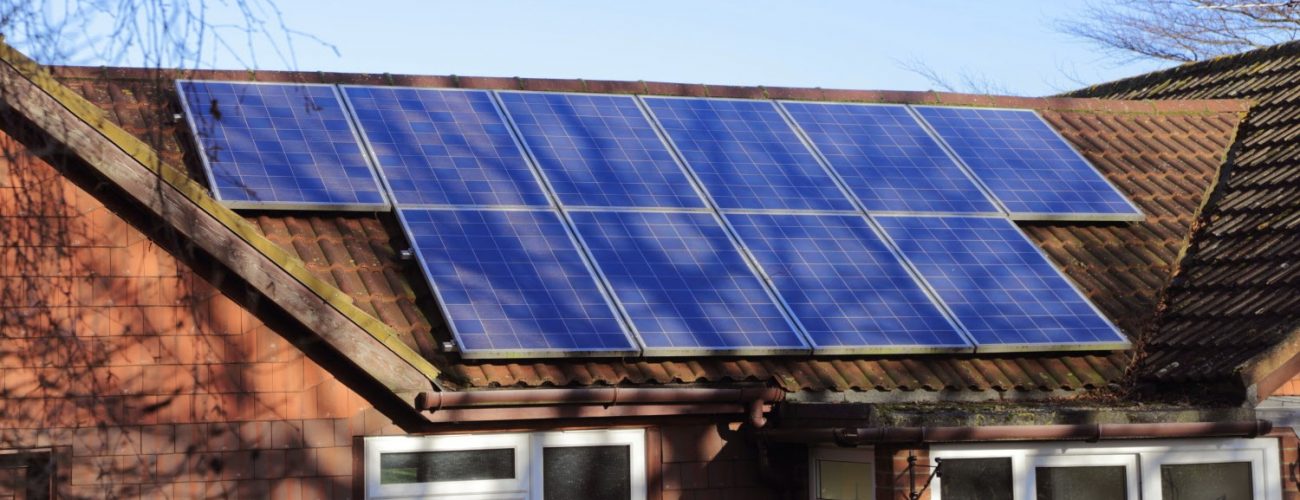
What's on this page?
How many solar panels are needed for a house?
| Household size | Solar PV system | Number of 350W panels | Roof space | Annual energy output | Average cost |
|---|---|---|---|---|---|
One-bedroom flat | 1 kWp | 3 | 6 m² | 790 kWh | £2,358 |
1-2 bedroom house | 2 kWp | 6 | 12 m² | 1,590 kWh | £4,716 |
3 bedroom house | 3.5 kWp | 10 | 20 m² | 2,645 kWh | £7,860 |
4-5 bedroom house | 5 kWp | 14 | 28 m² | 3,700 kWh | £11,005 |
For an average one-bedroom house, six solar panels are recommended, while a typical three-bedroom house would require 10 panels, and a five-bedroom house would generally need 14 panels.
In each scenario, the panels are expected to generate sufficient electricity to cover 49% of the average household’s annual usage – potentially more if the home is not frequently occupied.
Annual electricity usage is quantified in kilowatt-hours (kWh). One kWh represents the amount of electricity required to power a 1,000-watt (1 kW) appliance for an hour. For instance, if you have a 500-watt dishwasher, its usage for an hour would amount to 0.5 kWh.
Without a solar battery, approximately half of the electricity generated by your panels may remain unused by your home, as you might not always be present to utilize it when generated.
Not to worry, though – you can sell this extra power back to the National Grid via the Smart Export Guarantee (SEG).
How to calculate the number of solar panels you need
Determine the required number of solar panels by assessing your annual electricity consumption. Divide this figure by the yearly production of 265 kWh per 350-watt panel in the UK.
Then, inspect your roof to ensure it can accommodate the calculated number of solar panels and is not oriented northward, as this orientation reduces panel efficiency.
1. Calculate your annual electricity usage
Begin by checking how much electricity your household consumes each year, a process akin to estimating the number of loaves of bread for the week based on your family’s sandwich consumption.
You can easily find this information on your energy bills. In case you lack an annual summary or the past year’s bills, contact your supplier, and they will provide your annual total in kilowatt-hours (kWh).
Compare your electricity usage with the provided table to obtain an approximate idea of the number of panels needed to generate the equivalent amount of electricity annually.
For context, a three-bedroom house typically uses 2,700 kWh per year, according to Ofgem.
2. Determine the panel size
A standard solar panel has a rating of 350 W.
In the UK, it is expected to generate an average of 265 kWh annually.
That means if you divide your annual electricity usage by 265, you’ll end up with roughly the right number of solar panels for your home.
For instance, a residence consuming 4,000 kWh annually can divide this figure by 265, indicating the need for approximately 15 solar panels.
As a general guideline throughout the UK, your solar setup is expected to generate 760 kWh for every 1 kW of panels installed on your roof.
3. Determine Roof Suitability
Review your architectural blueprints or engage a professional to measure your roof space, ensuring it accommodates the required number of panels.
Keep in mind that an average panel occupies approximately two square meters, and it’s advisable to avoid installing panels on a north-facing roof.
In case your roof has limited space, there’s no need for concern – you might opt for fewer panels with higher power ratings. Additionally, you can explore alternatives like installing solar panels on a shed or mounting them in the garden.
By considering these factors, you can make a preliminary assessment of the required panel quantity. However, for a precise estimate, consulting with a qualified expert is recommended.
If you want to receive free quotes from some of these trained professionals, just fill in this quick form.
What other factors affect how many solar panels you need?
In addition to electricity usage, several other factors influence the number of solar panels required. These factors include:
Geographic Location: The location of a property determines the hours of sunshine it receives, impacting the electricity production of solar panels. While solar panels function on cloudy days, they generate more electricity in direct sunlight. For instance, a set of 10 350-watt (W) solar panels would produce approximately 2,978 kilowatt-hours (kWh) in southern England but 2,221 kWh in northern Scotland.
Direction and Orientation of the Roof: In the UK, the ideal orientation for solar panels is south-facing, maximizing exposure to sunlight. East- or west-facing roofs produce 20% to 30% less energy than south-facing ones. Therefore, if your roof faces east or west, you may need to install one to three additional panels to achieve comparable energy production.
Type of Solar Panels: Different types of solar panels have varying efficiency ranges, with lower efficiency panels producing less energy. Monocrystalline and polycrystalline panels are the primary types used in residential installations. Polycrystalline panels, with an average efficiency of 13%-16%, may require more panels than the more efficient monocrystalline panels, which have an efficiency range of 18%-24%.
Efficiency of Solar Panels: The efficiency of solar panels directly influences the number needed to meet energy needs. Higher efficiency panels produce more energy. While solar panels average 20% efficiency, some models achieve up to 24% efficiency. Opting for more efficient panels can reduce the quantity required, although higher efficiency panels often come with a higher cost.
How big is a solar panel?
The majority of solar panels designed for residential use typically have a rectangular shape, encompassing an area of approximately 2 square metres. These panels are generally around 2 meters in length, 1 meter in width, and have a thickness ranging from 3 to 5 centimeters.
Recognizing the demand for more space-efficient options, certain manufacturers have introduced compact panels, catering to households with limited roof space. However, it’s essential to note that these compact panels often come at a higher cost. Examples of such compact panels include:
– Sharp’s 258.4W NQ-R Series, occupying 1.29 square metres
– Panasonic’s 300W N300, covering 1.54 square metres
– SunPower’s 370W X-Series X22, with a footprint of 1.63 square metres
For a comprehensive comparison of prices for solar panels of different sizes, you can refer to our solar panel cost page. Additionally, to address limited roof space concerns, high-efficiency solar panels are available. These premium panels excel in converting sunlight into electricity, boasting conversion rates around 20-22%, surpassing the industry standard of approximately 18%.
Small solar panels
Numerous compact solar panels are available for powering various off-grid systems relying on batteries – most commonly found in recreational vehicles like caravans and boats.
Typically not considered for residential houses due to the increased cost associated with connecting multiple panels to create a reasonably sized array, these smaller panels measure around 0.5 square metres, which is approximately four times smaller than the standard two-square-metre panels. Naturally, their power output is also reduced.
While the 50W panel is a favored model among users with modest energy needs, panels ranging from 10W to 100W are available, allowing users to choose based on their specific requirements.
The standout feature of small solar panels lies in their flexibility. Users can leverage the diversity in outputs and sizes to precisely meet the energy demands of their batteries.
Speaking of which, you’ll need a solar battery if you want to save solar energy for later, instead of only using it while the sun’s shining.
Large solar panels
Solar panels as expansive as 3.1 square meters are now accessible for residential purposes. Companies like Risen Energy manufacture panels of this size capable of generating up to 670W, approximately twice the output of a standard panel, aligning with its larger dimensions.
The increased size of these panels doesn’t necessarily equate to higher efficiency, and their installation can be intricate when accommodating obstacles on your roof. However, opting for larger panels can lend a neater and more uniform appearance.
While the adoption of large solar panels is not obligatory, even for extensive roofs or substantial off-grid structures, there are instances where choosing a more extensive solution can be economically advantageous for residential applications.
Nevertheless, cost considerations play a significant role in this decision, and the substantial expense associated with large panels often renders them more suitable for commercial purposes.
How heavy are solar panels?
Typically, residential solar panels have a weight ranging from 18kg to 20kg. Consequently, an average 10-panel solar array surpasses the weight of two fully grown men. This underscores the importance of engaging a professional installer not only for proper panel installation but also to manage the weight considerations effectively.
In the case of acquiring solar panels for a vehicle or a compact off-grid structure, opting for flexible solar panels is advisable. These panels possess the ability to bend around corners or adapt to uneven surfaces, and they are also lighter, generally weighing between 0.8kg and 3kg.
Next steps
Now equipped with comprehensive information and practical guidance, you can estimate the number of solar panels needed for your home. This positions you well to engage with a solar professional, discussing your electricity requirements and roof dimensions intelligently to determine the optimal panel quantity.
If you’re prepared to explore the costs of solar panels for your home, simply complete this form to receive complimentary quotes from our reputable suppliers.
Get FREE Solar Quotes
Find out how much a solar solution would cost you
Complete A Short Form – Receive Free Quotes – Compare & Save
Get FREE Solar Quotes
Find out how much a solar solution would cost you
Complete A Short Form – Receive Free Quotes – Compare & Save


